Transport
The last machine of the important 650 millimetre gauge railway network in the Nalón river valley was the steam tramway running from Laviana to Rioseco, which was the most westerly located and also the most modern of them all.
It was promoted by Cándido Blanco at the end of World War I to connect several mining concessions with the Langreo Railway station of Pola de Laviana. It started from there, followed the road to Rioseco and provided a public service for passengers and goods as well as coal traffic. It was 11.8 kilometres long. The network was completed by two mining branches which ran from Puente de Arco to Ribota and Tolivia. This network was put into operation in 1921.
The business was acquired shortly afterwards by the Catalan company Cementos Fradera, which used it to supply its cement plant in Vallcarca. Traffic on the railway declined over the years until its closure in 1968. At that time, it was the last steam tramway operating in Spain. The line (and, consequently, its locomotives) was known as "La Campurra", a nickname derived from the pseudonym of its original owner.
For its opening, Blanco acquired two tram locomotives from the German company Linke Hofmann, which were numbered 1 and 2. They were characterised by a fairing that protected their entire structure in order to avoid possible collisions. After a few years, it was removed and both machines acquired a more conventional appearance. It has two drive axles, an external frame and a water tank under the cabin. This is a peculiar layout derived from its primitive physiognomy.
The second of these was called Rioseco and was the last engine used on the line until its closure. At that time, it was the only one capable of operating. It was abandoned at the Pola de Laviana station and later placed as a monument in a nearby petrol station until it was rescued by the Mining Museum. In 2008, as it was in an advanced state of deterioration, it underwent a restoration that gave it its current appearance.
It is the only locomotive built by Linke Hofmann that is preserved in Spain and it represents a valuable testimony of the steam trams that ran in our country.

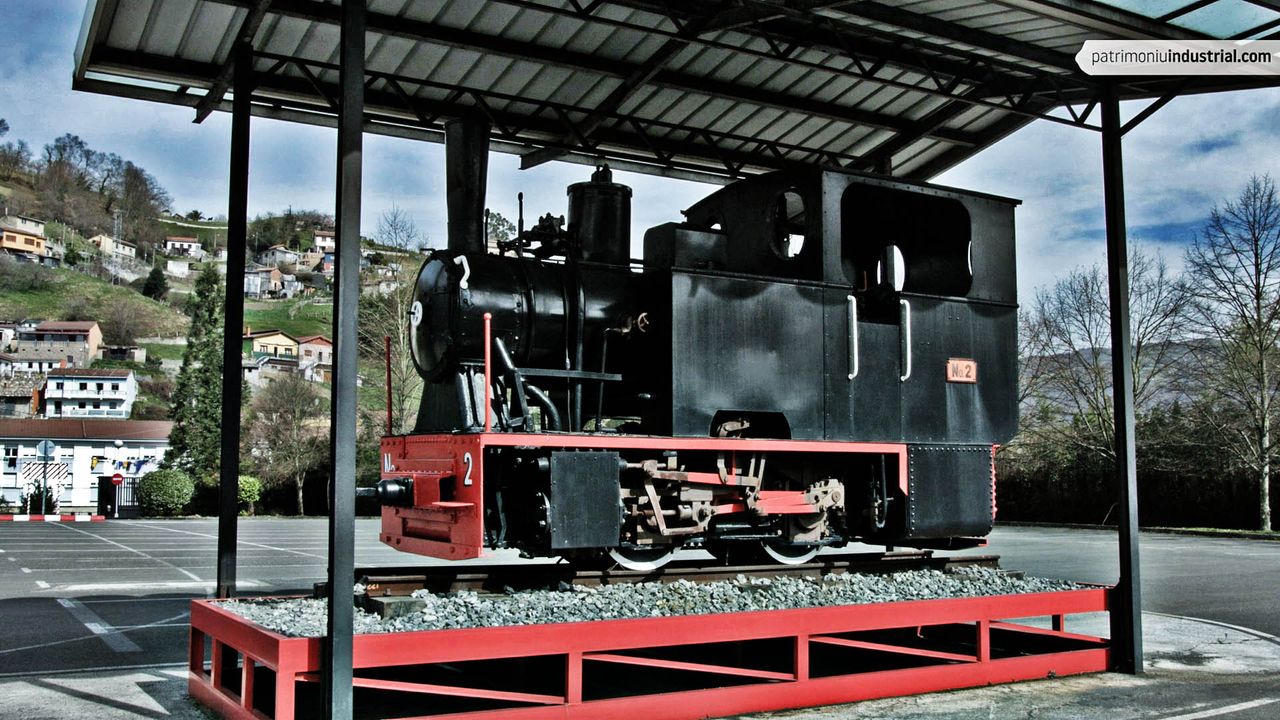
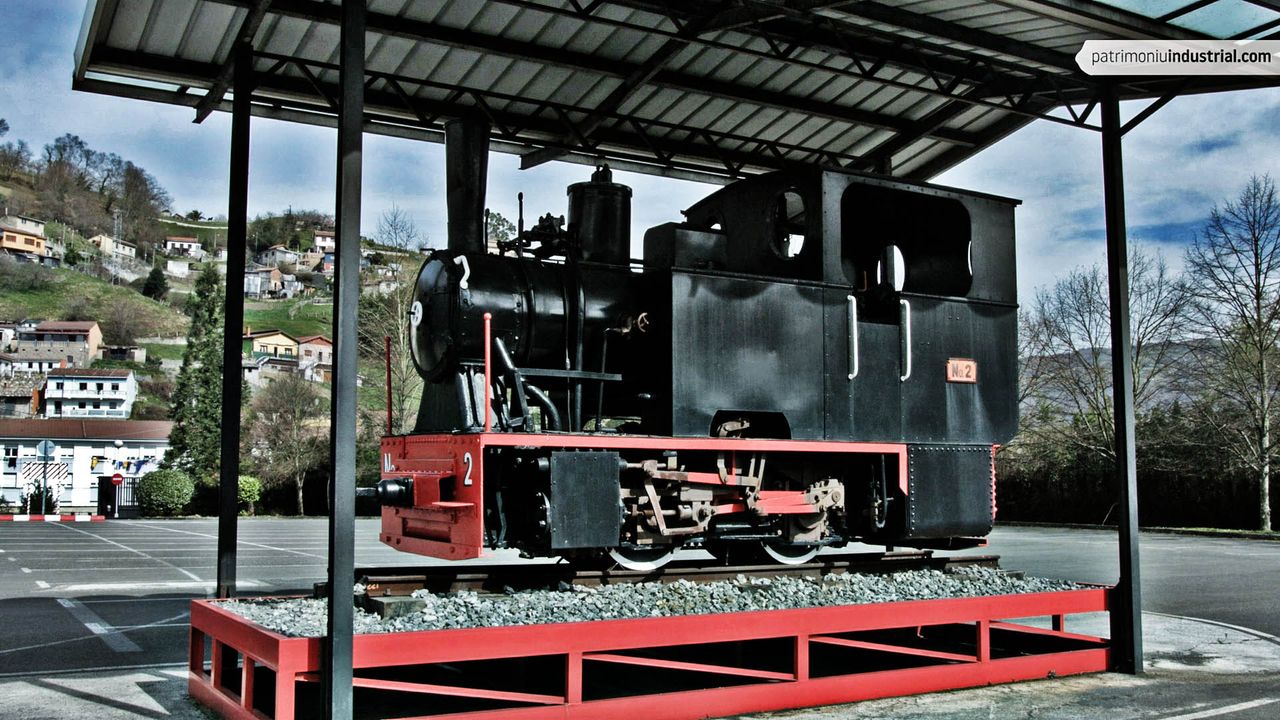
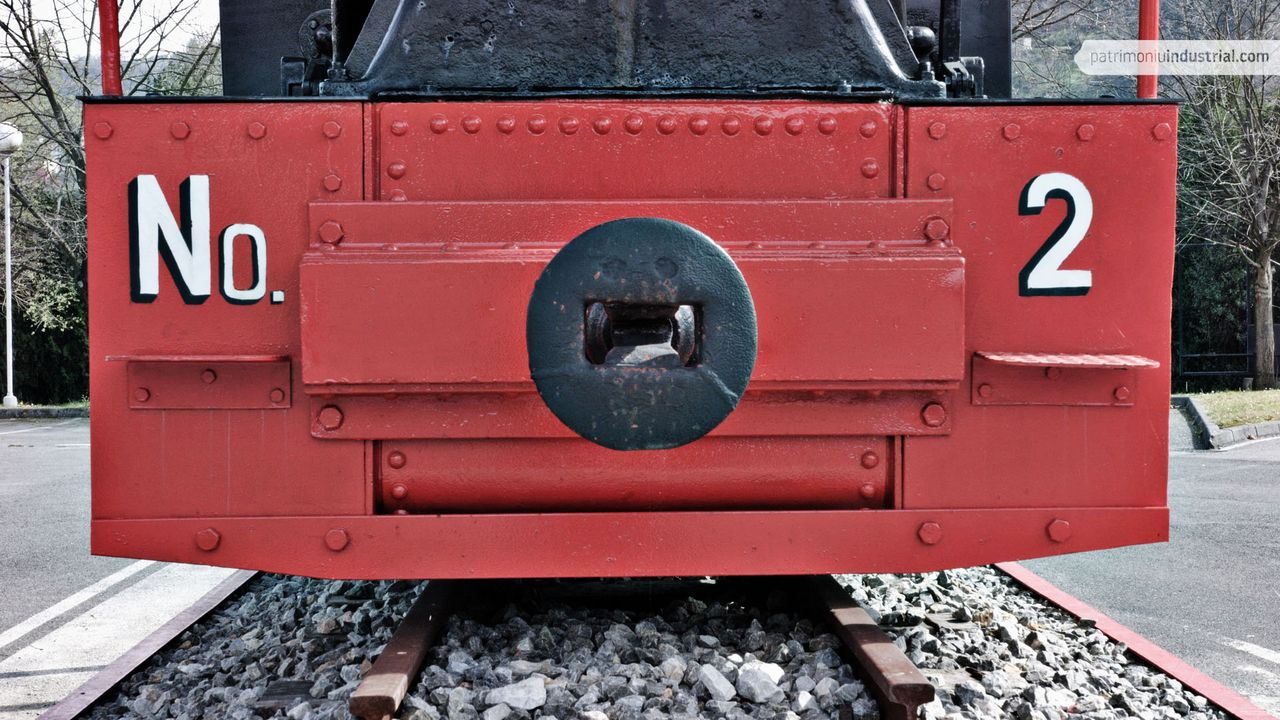
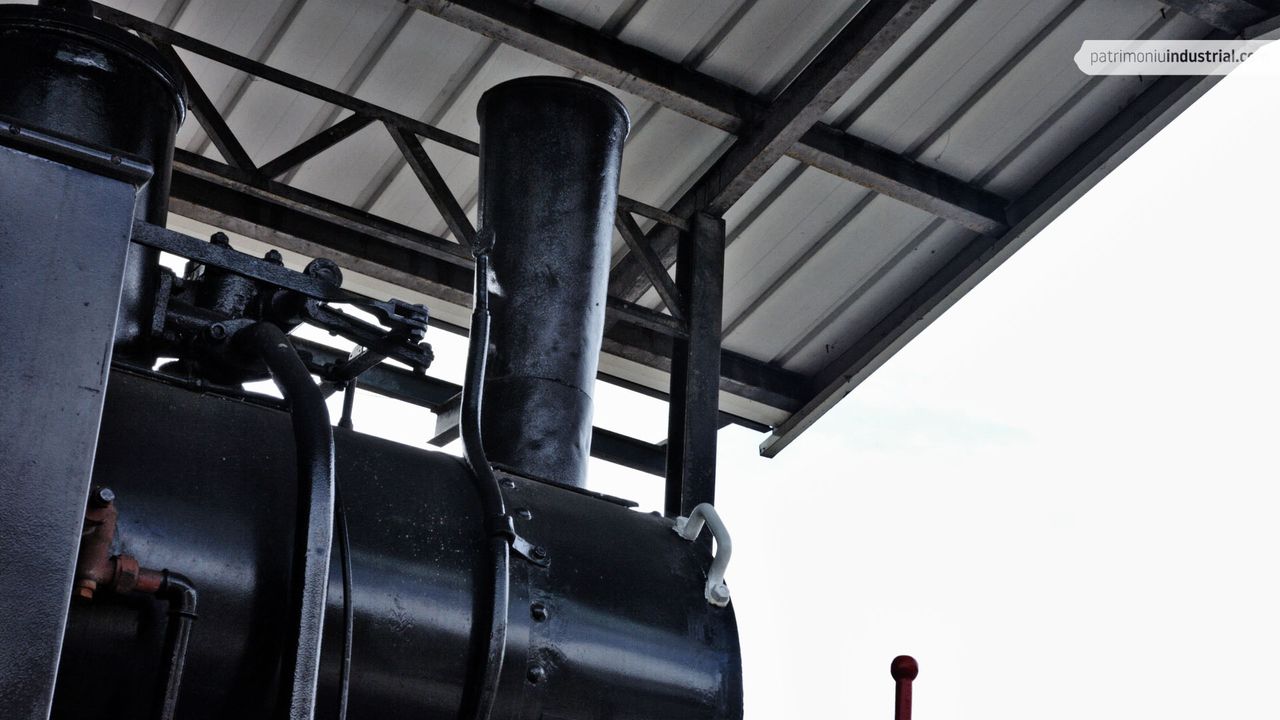
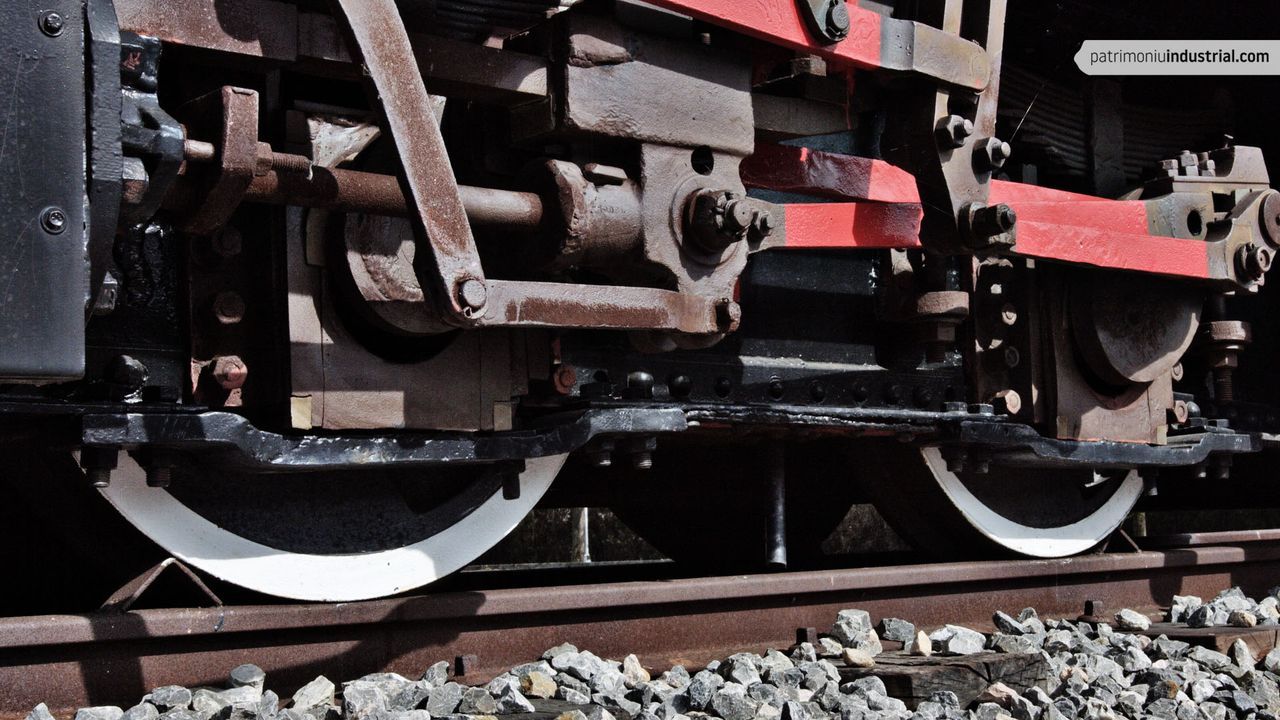



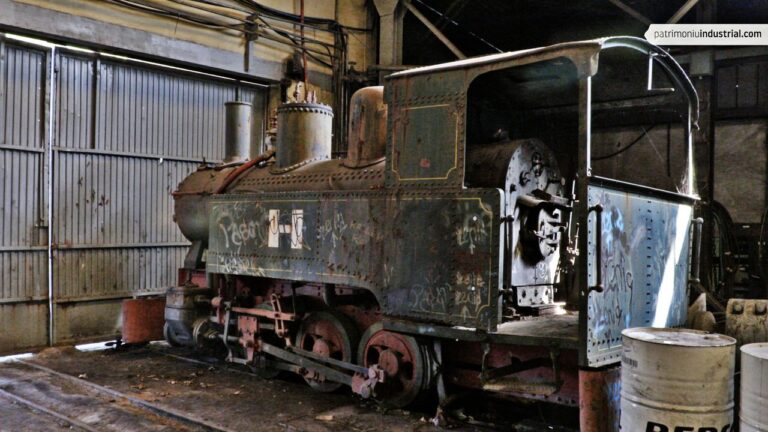
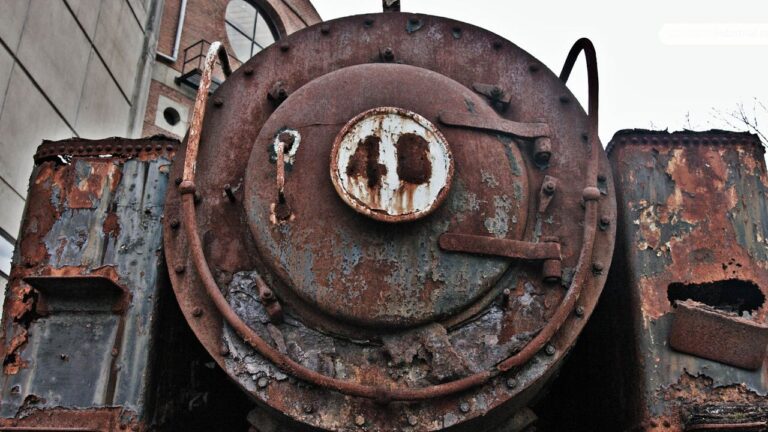
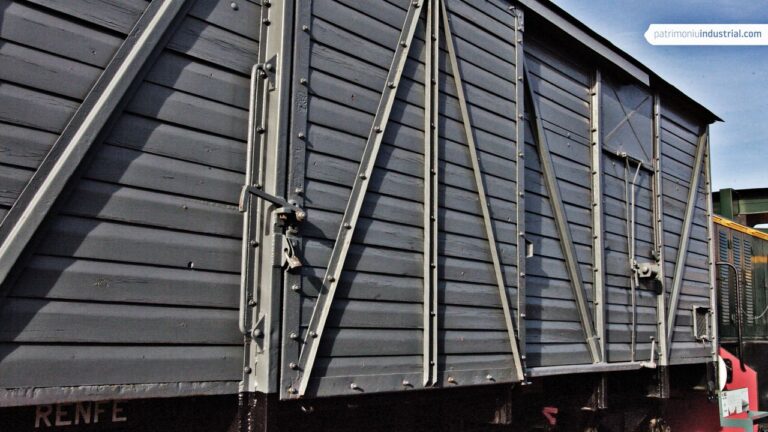

Recent Comments